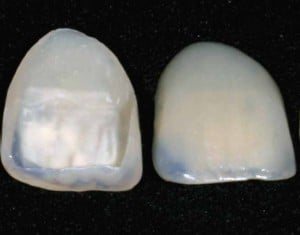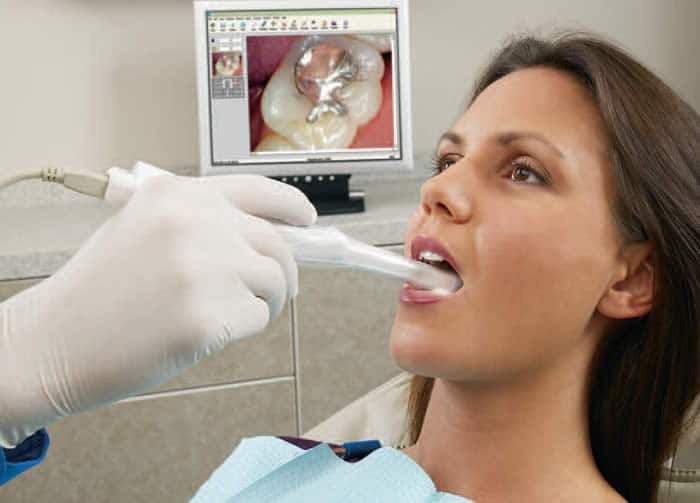From Flat to Fab: Getting Your Beautiful Smile Back with Fort Lauderdale Veneers
You don’t have an award-winning smile, but all that’s about to change. You’ve been reading about veneers and you’re pretty excited. Hold your horses. Before you jump into the dentist’s chair, you should understand how today’s veneers work. They’re a little different than what you might have been reading about.
Start With a Consultation
If you’re getting venners, the good news is that there are tons of doctors to choose from. Make sure you’re working with a prosthodontist though. These doctors are specially trained (i.e. they’ve had three more years of schooling beyond dental school) to handle complex cosmetic dental surgery and other procedures. It might seem like overkill for simple tooth spackling job, but it’s money well-spent.
If you try to go through an under-trained dentist, you may end up living with a smile that’s worse than what you have now. Veneers last up to 15 years with no maintenance, so quality up front counts. Do your research online and get more information form pages like veneers in Manhattan to come to a decision.
Be sure to ask the dentist lots of questions, like how many veneers he’s done, where he sends the veneers off to be made, what type of cement he’ll be using, and of course ask about other options (outside of getting veneers).
Have the dentist explain the risks and benefits of the work. For example, Fort Lauderdale veneers don’t stain as easily as natural teeth, so if you smoke or drink coffee regularly, be aware that your teeth might not match your veneers after a few years. You may need special whitening treatments or you may want to consider changing your lifestyle. If he or she seems at all hesitant to discuss the facts with you, get another dentist.
Getting The Mold
When you go in for your first official procedure, the dentist will make a mold of your tooth or teeth that will be receiving the veneers. Now for the scary part. Once the dentist cleans and polishes your tooth, you only have a few minutes to back out of the procedure. The next step is to grind down a part of your tooth. This is done to make room for the new veneer. Only a millimeter or two is shaved off, but this cuts into your enamel, so once it’s done it’s irreversible.
Temporary veneers are made for you right there in the office and you’re sent home.
The dentist will send off the mold he made (for your temporary veneers) to a lab for permanent fixtures. It’ll take a few weeks for them to come back. During that time, you’ll have to make due with the temps. You can brush and floss as normal, but keep an eye on them to make sure they don’t fall off.
The Cement Job
Once the new veneers are in, it’s time to go back into the dentist’s office to have those puppies cemented to your teeth. The dentist will check the fit and color of the permanent Fort Lauderdale veneers before fixing them. The cement used to fix them to your teeth is a special mixture that will cure using a special light.
Once the veneer is in place, a light will be shown on your tooth, and the chemicals in the cement will harden. Now your veneer is permanent. If you chose porcelain veneers, you’re good for about 7 to 10 years, possibly longer if you take good care of them.
Robert Ander spends his days checking x-rays and filling cavities. As an experienced dentist, he has a passion for helping people find their most radiant smiles.





